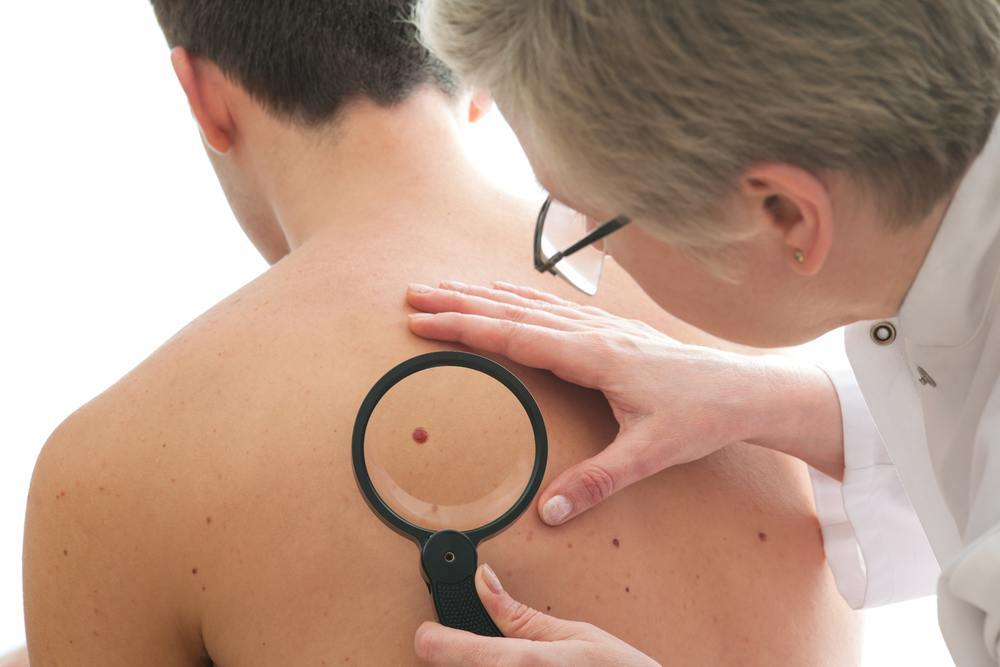We all have several moles on our face and body. Many of these moles are normal.
Normal moles are usually brown or black, round or oval, and their largest diameter is typically about 6 millimeters. They may be present from birth or appear later in life, and in all these cases (provided they do not increase suddenly in number), we can say that there is no problem and they are normal.
However, in some specific cases, moles can be signs of a type of skin cancer known medically as melanoma. So what should we look out for?

Normal Moles
Normal moles are typically brown, tan, or black spots on the skin that may be flat or raised, and round or oval in shape. The diameter of normal moles is generally less than 6 millimeters (about the size of a pencil eraser). Some moles may be present at birth, but most appear during childhood or adulthood.
Once a mole develops, it usually remains the same size, shape, and color for years. Some moles may eventually fade.
Most people have moles, and nearly all moles are harmless. However, it is essential to notice changes in moles, such as their size, shape, color, or texture, as these changes could indicate melanoma. New moles that appear later in life should be checked by a doctor.
What Is Melanoma?
Possible Signs and Symptoms of Melanoma
The most critical warning sign of melanoma is a new spot on the skin or a spot that changes in size, shape, or color and looks different from other areas on your skin.
Pezeshkbook recommends consulting a specialist if you notice any of these warning signs.
The ABCDE rule is another guideline for identifying typical signs of melanoma. Watch for these signs and discuss them with your doctor:
- - A for Asymmetry: One half of the mole or birthmark does not match the other half.
- - B for Border: The edges are irregular, blurry, or notched.
- - C for Color: The color is uneven and may include different shades of brown or black, or sometimes patches of pink, red, white, or blue.
- - D for Diameter: The spot is larger than 6 millimeters across (about ¼ inch), although melanomas can sometimes be smaller.
- - E for Evolution: The mole is changing in size, shape, or color.
Some melanomas do not fit these rules. It is important to talk to your doctor about any changes or new spots on your skin that look different from your other moles.
Other warning signs include:
- - A sore that doesn’t heal
- - Pigment spreading from the border of a spot into surrounding skin
- - Redness or new swelling beyond the border of a mole
- - Change in sensation, such as itchiness, tenderness, or pain
- - Change in the surface of a mole — scaling, oozing, bleeding, or the appearance of a lump or bump
Make sure to show any suspicious areas on your skin to your doctor, as distinguishing between melanoma and a normal mole can sometimes be challenging, even for doctors.
Remember that a small number of melanomas start in areas other than the skin, such as under a fingernail (hand or foot), inside the mouth, or even in the colored part of the eye (iris). Therefore, it is essential to show any new or changing signs to your doctor.












Our Customers' Comments
No comments registered